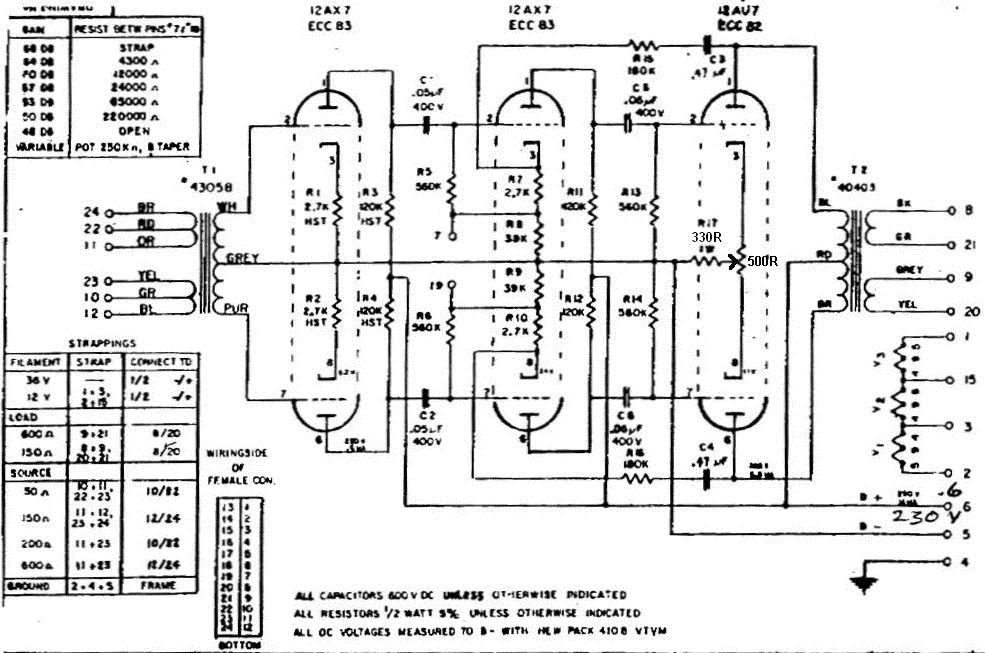I'm designing a small mixer and I have a question about attenuators:
I'd like to put an attenuator (fader) between each one of the mic amps and the mixing network. The mic amps are all of the 600 ohm balanced variety. My intuition would be to use a ladder-type attenuator and keep my signals balanced throughout, but I realize that a T-attenuator or a bridged-T attenuator would also do the job. Am I correct in believing that my signal will no longer be balanced if it goes trough a T-type attenuator?
What benefit would a ladder-type attenuator have over the T-type attenuators in this situation? Does a completely-balanced mixer topology have any significant advantages over one which unbalances the signal in the attenuator and mixing network?
I'd like to put an attenuator (fader) between each one of the mic amps and the mixing network. The mic amps are all of the 600 ohm balanced variety. My intuition would be to use a ladder-type attenuator and keep my signals balanced throughout, but I realize that a T-attenuator or a bridged-T attenuator would also do the job. Am I correct in believing that my signal will no longer be balanced if it goes trough a T-type attenuator?
What benefit would a ladder-type attenuator have over the T-type attenuators in this situation? Does a completely-balanced mixer topology have any significant advantages over one which unbalances the signal in the attenuator and mixing network?




